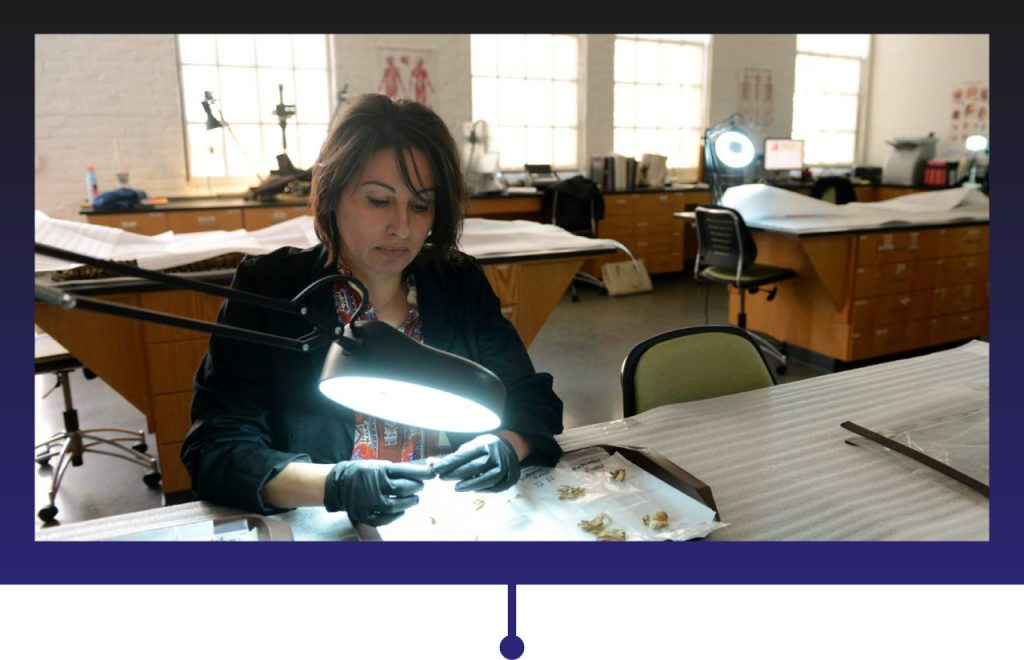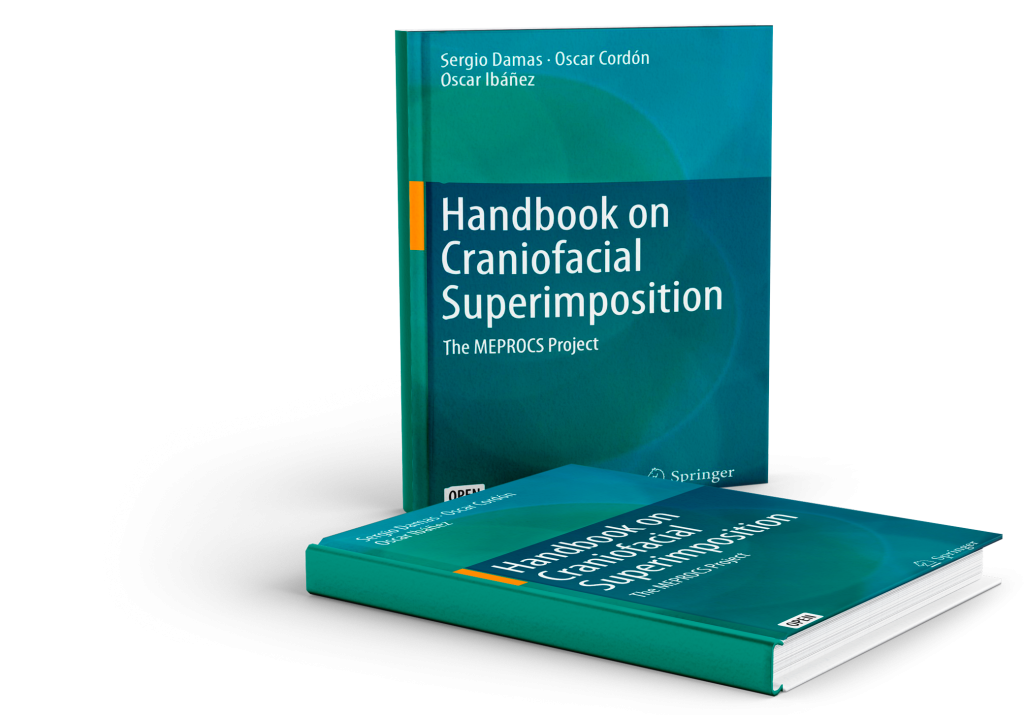Modern Perspectives on Human Variation in Forensic Anthropology | Online Event
Published on May 29, 2023
Written by Pablo Feito

In 1992, Norm Sauer called for a paradigm shift in forensic anthropology in which practitioners would move away from the socially loaded term “race” and replace it with “ancestry.” This shift was meant to mark a move from social constructions of race toward recognition of geographically patterned human variation that could still be used within a forensic context. While many heeded the call and shifted towards ancestry in their research and reports, the actual approach to research and analysis did not change.
In this presentation, Ann Ross provides an overview of the application of “ancestry” estimation and the debate surrounding race and ancestry over the last three decades as it applies to the work of forensic anthropologists. To advance the discipline forensic anthropologists need to reckon with the practice of ancestry estimation as it is currently practiced and shift the paradigm to focus on evolutionary theory, population history, and population-level reference samples.
The new paradigm repositions to a population affinity approach that abandons the terms ancestry and race completely. Population affinity is a statistical estimate based on inherited phenotypic traits of the human skeleton that have been shaped by microevolutionary forces. This is not geographic ancestry, which all too often can be seen as interchangeable with social race and as a validation of the biological concept of race.
Ann H. Ross, Ph.D., D-ABFA is a Board Certified forensic anthropologist in the Department of Biological Sciences at the North Carolina State University.
She directs the NC Human Identification and Forensic Analysis laboratory with a large forensic caseload and has been very active in working with multidisciplinary teams in North Carolina to reduce the backlog of unidentified human remains including cold cases.
This event took place on June 8, 2023.


